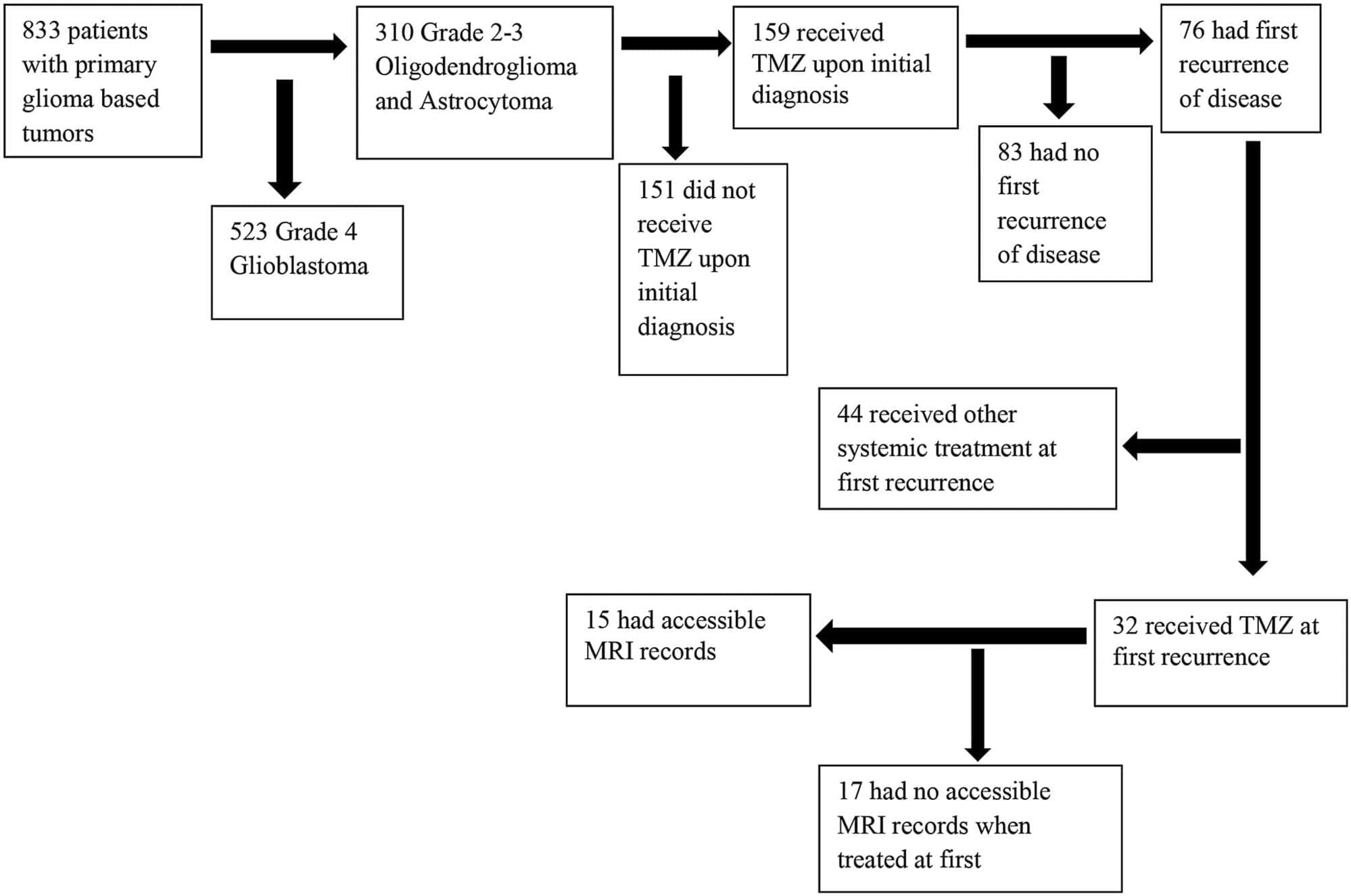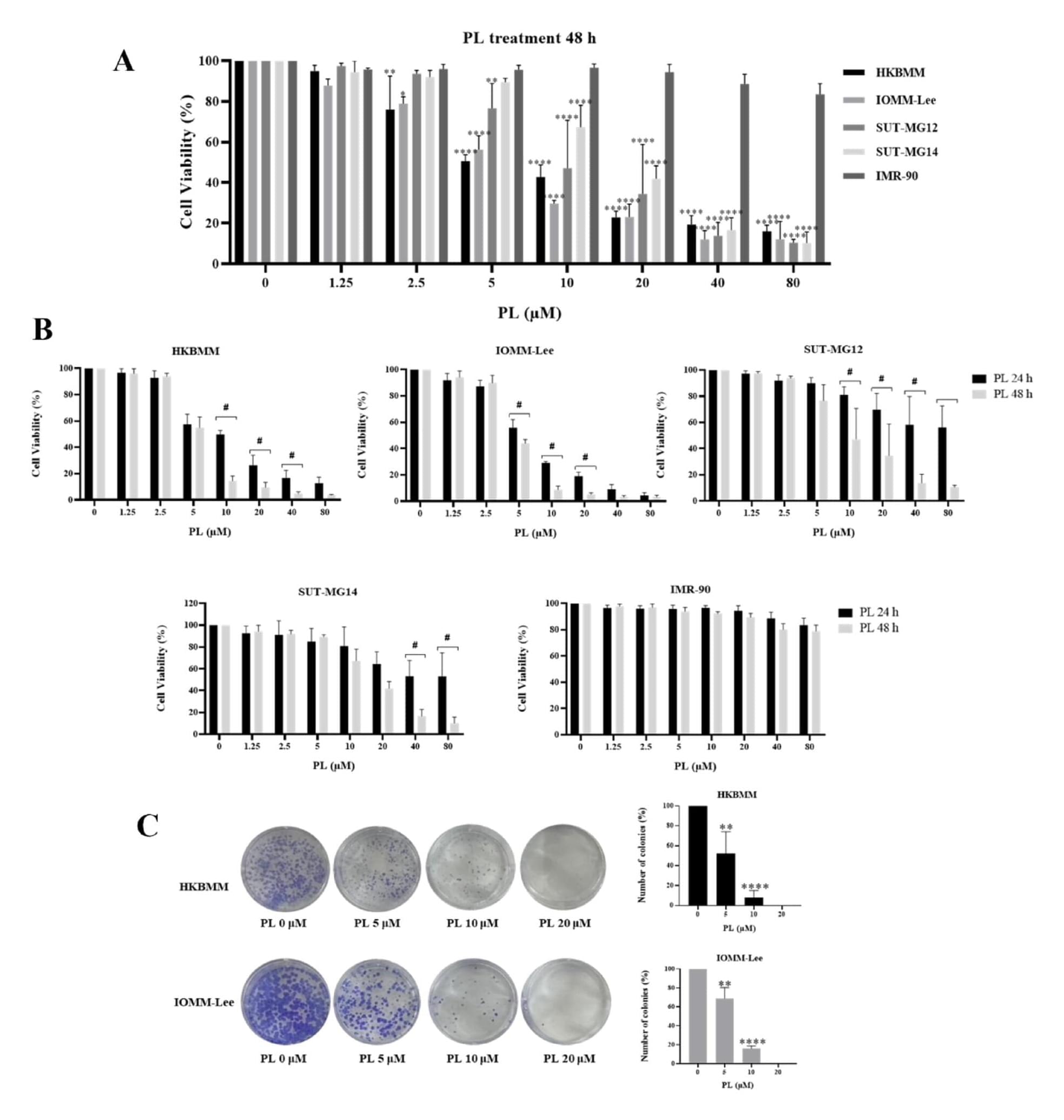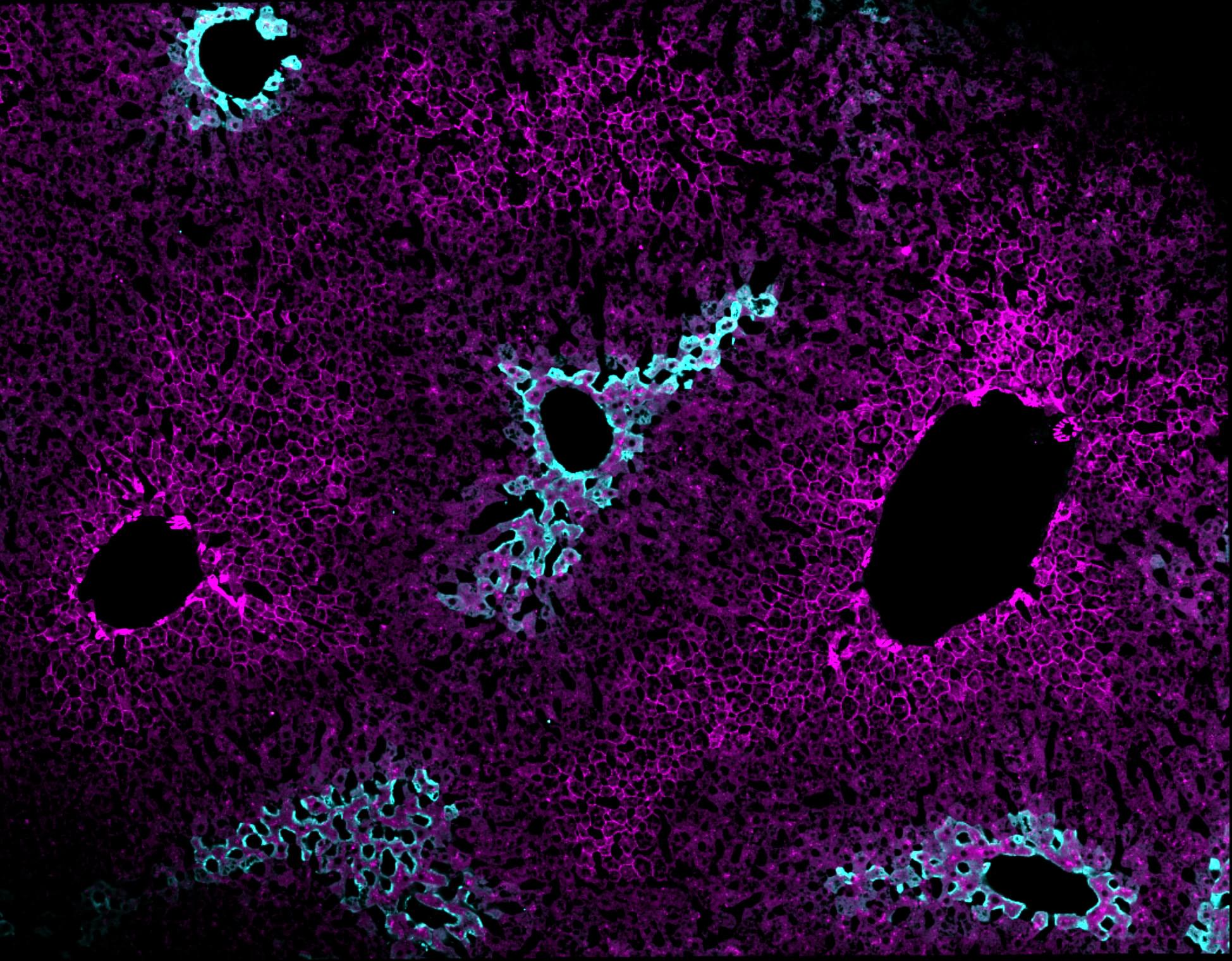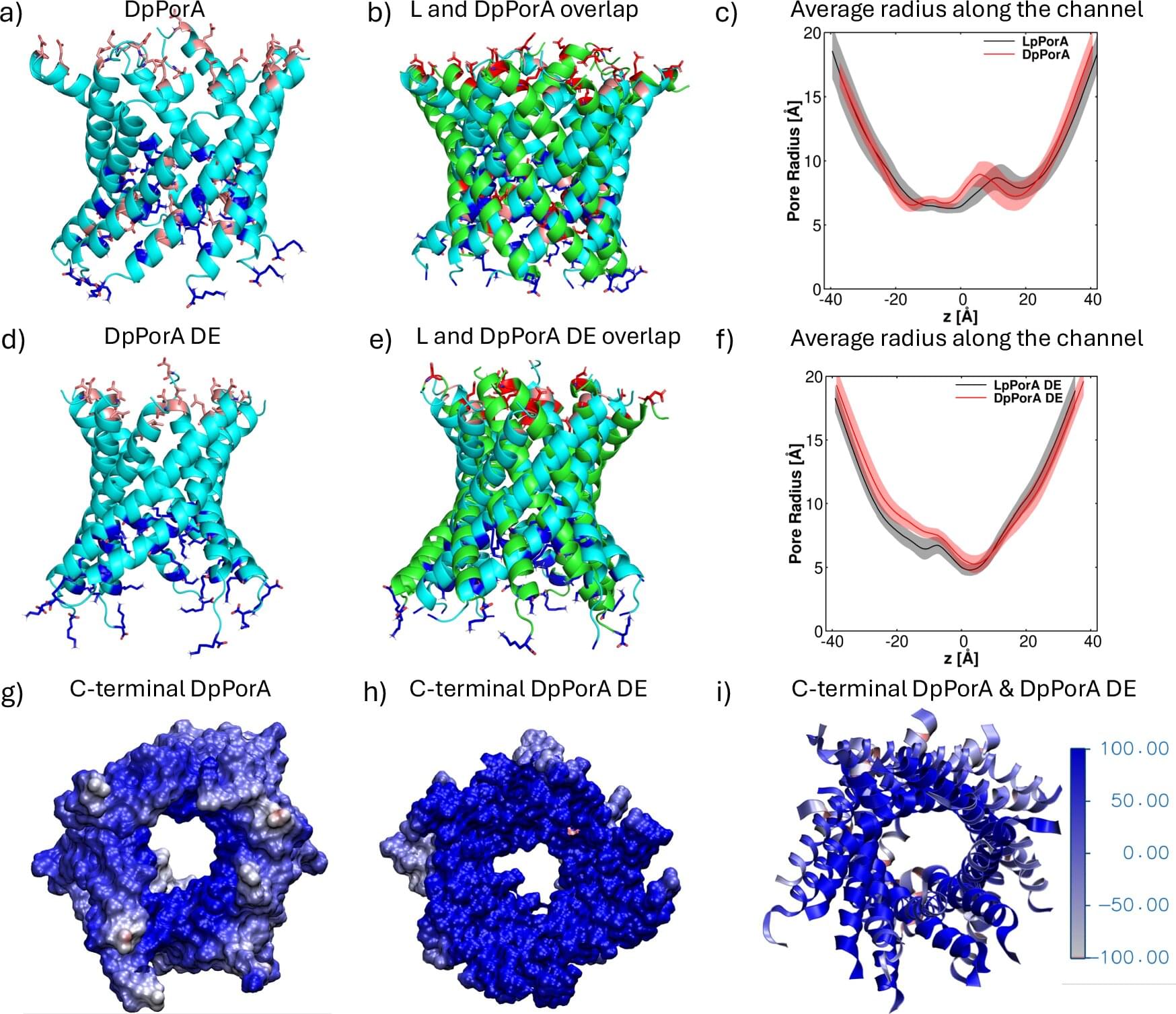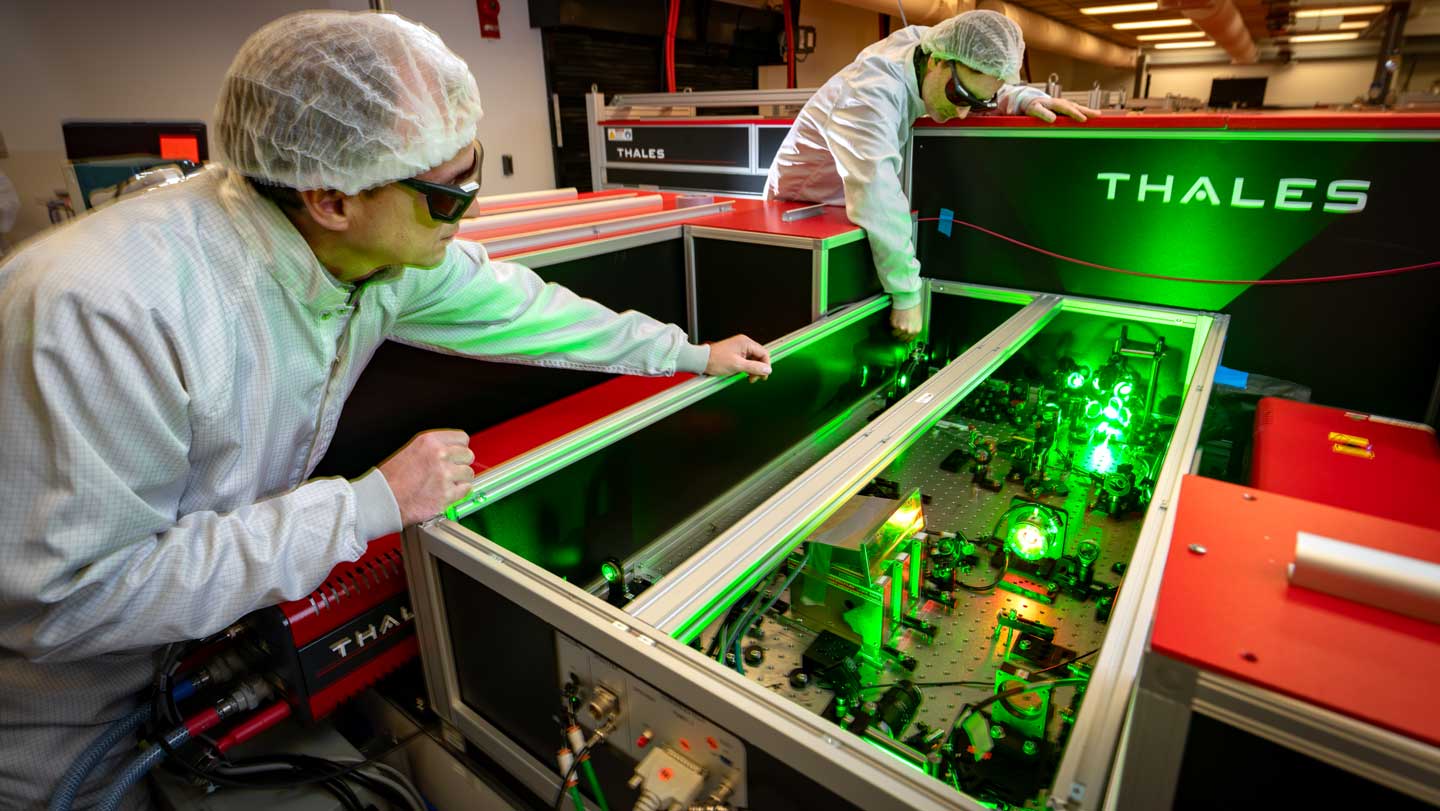Background Patients with WHO grade 2 and 3 isocitrate dehydrogenase mutation (IDHmt) gliomas commonly receive temozolomide (TMZ), with or without radiation therapy, as initial therapy. At progression, TMZ is sometimes reinstated despite a paucity of data on effectiveness. Methods We reviewed imaging outcomes of patients with WHO 2016 grade II/III IDHmt gliomas re-treated with TMZ at first progression between 2007 and 2019. Tumor growth rates were calculated over the year preceding re-treatment and throughout the re-treatment period, ranging from 3 to 41 months. RANO criteria were utilized to assess TMZ response rate. Results 15 subjects included six grade II, five grade III oligodendrogliomas, one grade II and three grade III astrocytomas. Median time between completion of the first TMZ course and initiation of re-treatment was 47 months. Median progression-free survival with TMZ re-treatment was 27.4 months and median overall survival was 47.8 months. Mean rate of tumor growth by bidimensional product increased from 0.29 cm2 /month, in the year prior to first tumor progression, to 0.47 cm2/month during re-treatment, ranging from 3 to 41 months, with monotherapy TMZ. Volumetric mean rate of tumor growth was 1.12 cc/month in the year prior to first tumor progression versus 1.29 cc/month during TMZ re-treatment. Five patients experienced tumor growth rate reduction, of whom 3 patients experienced tumor shrinkage as measured by 2D; 2 of these 3 patients also experienced tumor shrinkage as measured by 3D. There was no radiographic response by RANO criteria. Conclusion These findings suggest previously treated, progressive IDHmt gliomas are generally resistant to TMZ, underscoring the need for alternative approaches.
